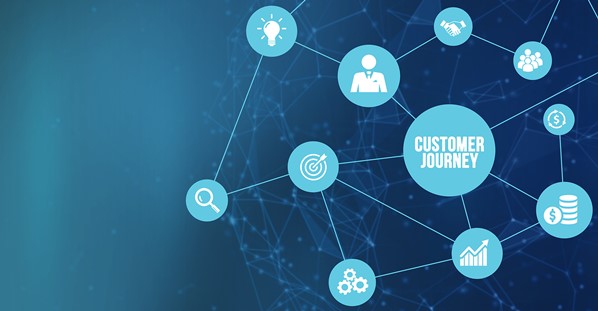
Customer-centric is the modern focus Customer Service Managers are seamlessly bringing into their businesses – understand your customer’s needs and solve them intelligently.
Customer & Market Research
Post-pandemic companies are faced with evolving and reimagined consumers, according to Accenture. These customers are less concerned with price and quality and are more concerned about new motivations. Forbes article The Top 100 Most Customer-Centric Companies Of 2022 shared that the focus of customer-centric companies is making their consumers “feel good”. These companies cite successes in COVID relief, customer service mindset, corporate social responsibility, employee experience, and innovative solutions.
Over 50 percent of consumers are willing to switch brands if companies do not align with their values, according to a survey of more than 25,000 consumers across 22 countries. It is crucial to recognize your customer’s motivation behind their decision-making process when developing a successful consumer journey. Does your company’s value proposition match your customers?
Customer Experience (CX)
Customers want to feel valued by your company. Start by understanding every interaction your business has with the customer at every point of their customer journey. Aligning workflows with CX helps businesses build better relationships with customers and in turn increase sales and revenue. The following steps can help you to better understand your customers while creating your customer-centric business journey:
1. Craft a Buyer Persona, a detailed fictional character based on your ideal consumer to keep in mind while making decisions.
2. Map out the customer journey and ask the hard questions:
- Awareness – Are we reaching the target audience?
- Consideration – How do your competitors compare?
- Intent – Can customers easily get information from you?
- Purchase – Does the customer have everything they need and want from your business?
- Loyalty & Advocacy – Will this customer recommend your brand?
- Gather direct feedback from your customers to ensure customer satisfaction; ask a variety of questions so that you are making proper improvements.
Understanding your customer’s journey is just the beginning, but it’s a big step when establishing a customer-centric workflow. Creating and optimizing CX should be the focus of all operational strategies and changes.
Change Management
To become more customer-centric, businesses must implement several changes in their organizations. Changes always come with risks. Reducing risk with a planned and structured implementation of goals with change management. Change management improves communication, persuasion, leadership, and structure. Creating a customer-focused organization starts with team spirit and avoiding a silo mentality by encouraging a free flow of information. Remember customers are determining all processes; each department should understand the CX point-of-view:
- Marketing
- Sales
- Product Management
- Customer Service (CS)
- Customer Success
Then, they should start reconstructing themselves internally and externally. Job descriptions, training programs, CX systems, corporate values, etc. should be redesigned to help better meet the customers’ needs.
Applying a customer-centric business structure may take years and continuous innovation. While testing out different techniques for your business make sure you have a way to measure your efforts. Ensure you have the proper tools when evaluating your key performance indicators (KPIs). Quality data is power.
CRM & Other Systems
Customer relationship management software is a great tool to help make the best use of your data and track KPIs. Customer relationship management (CRM) software is software systems that allow companies to track all communication, data, and business processes related to customer interactions. It’s important to establish a customer strategy before implementing CRM. The starting values of CRM software begin with:
- Acquisition of the right customers
- Crafting the right value proposition
- Instituting the best processes
- Motivating employees
- Learning to retain customers
Modern CSMs are providing such tools and pathways for agents to get answers faster and easier so that they can help establish these long-lasting relationships and drive the customer experience, as the recent study OTRS Spotlight: Customer Service shows. Implementation of a trusting customer portal allows free-flowing communication among the customer, agent, and leaders as well as serving as a central point for self-service options. The survey shows that when using self-service tools, leaders and agents were clear about their successes:
- 69% said customer satisfaction increased
- 49% said agents spend more time with each customer
- 56% enables customers can complete orders on their own
- 52% enables customers can send inquiries via the portal
In addition to CRM solutions used by account management and CX teams, modern support teams are also looking for technical solutions that help maintain customer relationships while providing top-notch service. For example, OTRS Customer Service Software is a preconfigured customer service solution that supports the goal of creating customer loyalty and driving revenue. This automated CS software offers multi-channel communication, service catalog information, request handling, secure customer data, and more.
About the Author
 John Coggins is Director of Global Business Relationship Manager of OTRS Group.
John Coggins is Director of Global Business Relationship Manager of OTRS Group.
OTRS Group is a service management software developer. Frequently used by ITSM, Corporate Security, or Customer Service teams.




